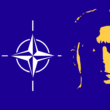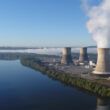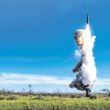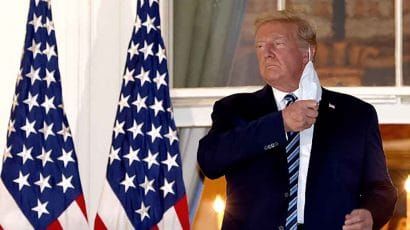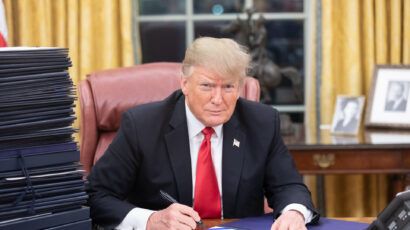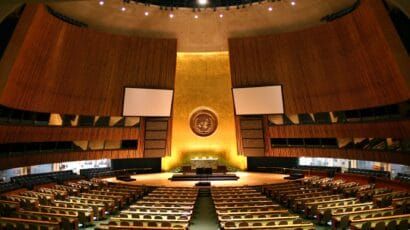Minimizing danger, maximizing headaches
By Charles Piani, February 5, 2013
Controlling access to fissile material is among the most important measures that can be taken to prevent nuclear weapons proliferation, and it is widely recognized that highly enriched uranium (HEU) poses proliferation threats whether it is used in military or civilian applications. This accounts for the international drive to favor low-enriched uranium (LEU) over highly enriched uranium. But what challenges face developing countries that elect to pursue HEU minimization?
In the developing world, highly enriched uranium is put to two uses that are relevant to minimization initiatives: as fuel for research reactors that have not yet been, or cannot be, converted to LEU, and as targets that bear fissionable uranium for the production of medical radioisotopes. (Two other uses may come under discussion in the future: fuel for naval reactors and fuel for fast reactors.)
Organizations that promote conversion to low-enriched uranium, such as the US National Nuclear Security Administration (NNSA) and the International Atomic Energy Agency (IAEA), sometimes employ a carrot-and-stick approach to encourage developing nations to convert. As a stick, these organizations might brandish the idea that developing countries will lose their supplies of enriched uranium if they don't convert to LEU. As a carrot, they might offer developing nations support for research and development initiatives or the chance to export radioisotopes. Many developing countries, in response to political pressure or commercial restrictions, and in an effort to be internationally cooperative, are attempting to reduce their use of HEU as much as is feasible. A complication for developing-world research reactors, however, is that facility managers often face pressure to reduce stakeholder costs — and conversion to LEU, whether for fuel or targets, carries significant financial implications.
Costs too high? Several research reactors that use highly enriched uranium as fuel face no urgency to convert to LEU — they have on hand sufficient fuel inventories for many operational cycles. But for reactors that do require fresh supplies of fuel, a twofold question presents itself: Can the reactor feasibly be converted to LEU; and can conversion be carried out in an efficient, economical way? If management does decide to convert, it must find suitable financial support to ensure that the transition to LEU is smooth, guaranteeing the facility's operational sustainability.
Converting to LEU targets for the production of medical radioisotopes presents a different set of issues. Radioisotope production is a major international industry; molybdenum 99 and more particularly its decay product technetium 99 (a metastable medical isotope) play a role in about 30 million patient applications per year. Historically, the industry has been based on irradiating HEU-bearing targets (often uranium 235 enriched to more than 90 percent). Converting to LEU targets requires that the target's uranium content be increased by a factor of two or more. This presents a technical challenge. In addition, if production of radioisotopes is to remain constant, more targets are required and larger volumes of waste are produced.
Another obstacle is that converting facilities to LEU, whether it is fuel or targets undergoing conversion, often requires a lead time of several years, during which nuclear licenses and permission to engage in medical applications must be updated. All of this implies substantial up-front costs, to be borne either by the reactor or its isotope producer, or by a major stakeholder (for example, the government). In addition, research reactors and isotope production facilities must concern themselves with loss of sales during any changeover, meaning that conversion often needs to be carried out even as existing production processes continue. This has significant implications for capacity and costs.
For research reactors in the developing world that are faced with these issues, financial options are often limited. They can seek assistance from supportive stakeholders like the government. They can try to manage with the funding that is available from commercial isotope production. Or, when it is available, they can seek assistance from developed countries — incentives. (The best results are often achieved by combining all three of these methods.) Significant technical and financial assistance from developed countries has come through, among other sources, the US Energy Department and the NNSA initiative known as the Reduced Enrichment for Research and Test Reactors Program (RERTR), as well as the Russian Research Reactor Fuel Return Program; both of these have received substantial organizational and financial support from the IAEA.
Limit too low? Often, when developed and developing countries discuss HEU minimization, the first issue on the agenda is converting reactors to low-enriched uranium. The second is timely removal and disposal of nuclear materials from facilities that no longer use these materials. To assist in reactor conversion, developed countries often provide subsidized computational evaluations of the feasibility of operating reactors using LEU and of expected increases in costs for producing isotopes after conversion. Removal and disposal of nuclear materials raise issues including the secure storage of used fissile materials until they can be suitably processed or repatriated. Significant progress has been made in recent years regarding the return of used fissile material from research reactors to the United States and Russia, but problems remain — like how to repatriate residual materials associated with fuel that did not originate in the United States or Russia. In addition, the Gap Material Program, an initiative of the US Global Threat Reduction Initiative that is intended to address high-risk materials not addressed through other programs, seems to be stagnating.
All this aside, the question posed in this Roundtable — "How might developed countries best incentivize HEU minimization programs in the emerging and developing worlds?" — begs that the term "HEU minimization" be clarified.
The entire drive for HEU minimization is related to the Nuclear Non-Proliferation Treaty, and to efforts by nearly 200 signatory nations to prevent the spread of nuclear weapons. Minimizing the use of HEU in civilian applications is a natural outgrowth of the treaty. But despite regular discussions on the issue, no universal consensus exists regarding what HEU minimization, as opposed to HEU elimination, is. Moreover, considerable skepticism surrounds the idea that all levels of HEU utilization represent a real proliferation problem.
By definition, HEU has more than 20 percent concentrated uranium 235; LEU is less than 20 percent concentrated uranium 235. I present a question here, perhaps confrontational but nonetheless deserving consideration: Why can't the cut-off for LEU be raised to something greater than 20 percent, in order to help research reactors around the developing world overcome the technological and financial challenges they face in the conversion process?
Topics: Nuclear Energy, Nuclear Weapons
Share: [addthis tool="addthis_inline_share_toolbox"]



